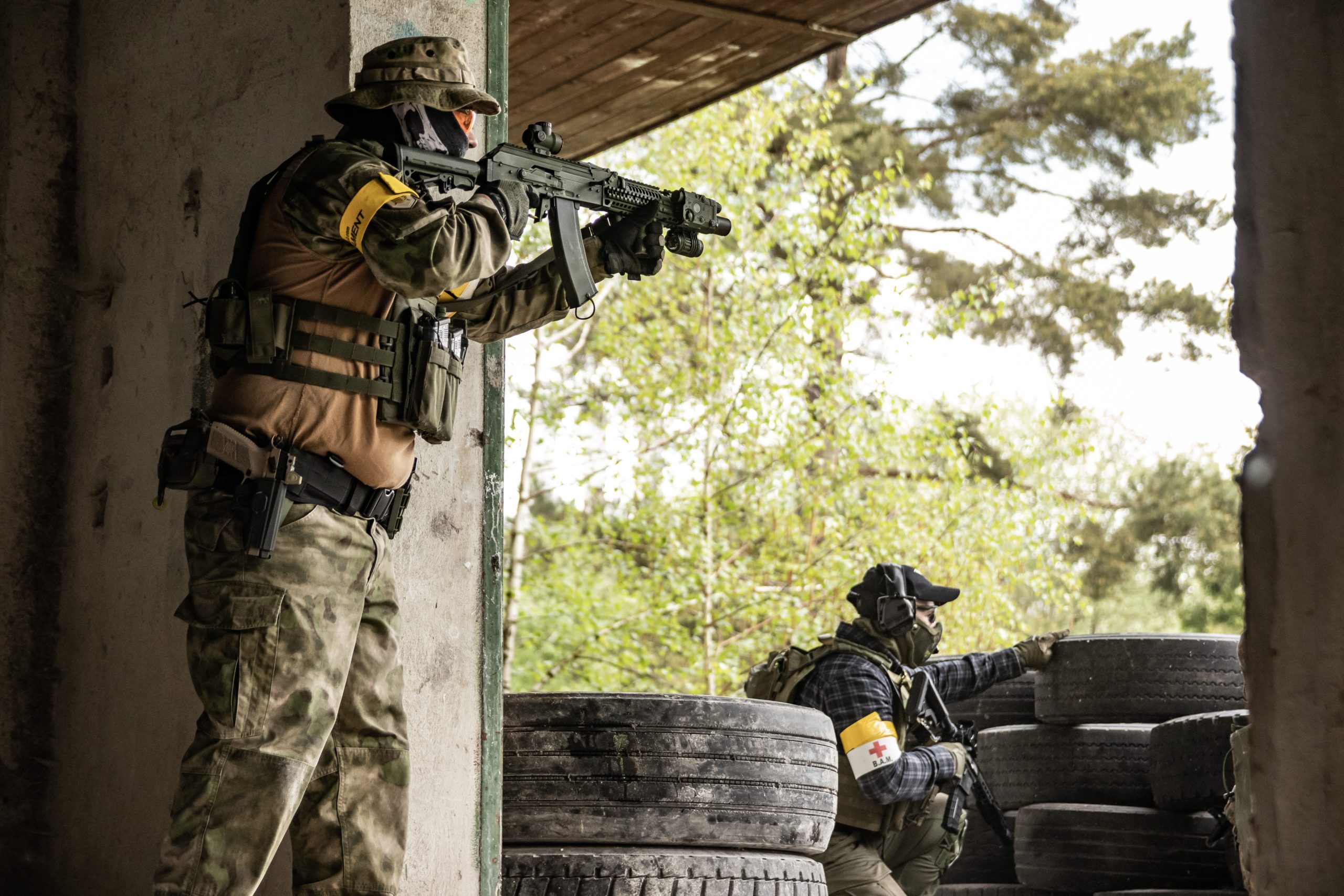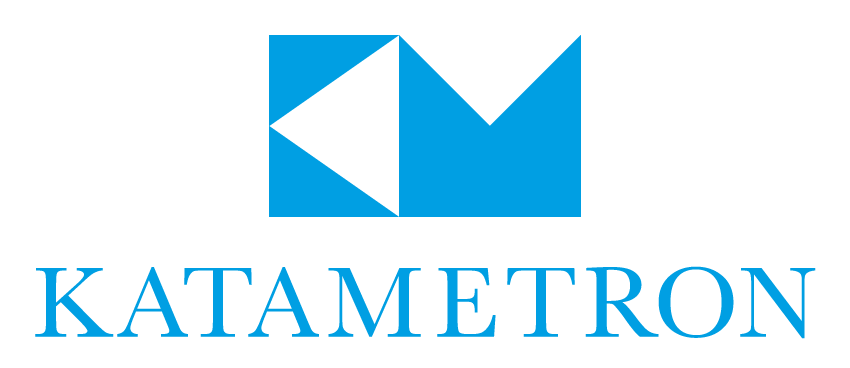How humanitarians are embracing gaming technologies

From immersive training simulations to initiatives promoting sustainability, organisations are using game technology to enhance their operations.
A booming industry under scrutiny
The gaming industry has witnessed significant growth in recent years, with one out of three people playing video games globally. The market, which in 2022 reached $184.4 billion in revenue, has been driven by various factors, including the increasing popularity of mobile gaming, the rising demand for e-sports and the advent of virtual reality (VR) and augmented reality (AR) technologies.
But with success came scrutiny from international organisations as well as privacy and antitrust authorities.
In 2018, the World Health Organization (WHO) added gaming disorder to its International Classification of Diseases (ICD), the global standard for diagnostic health information. According to two recent studies, gaming disorder affects approximately three per cent of people who play video games worldwide.
In December, the United States antitrust authority, the Federal Trade Commission (FTC), levied several allegations against Epic Games, the creator of a highly popular game, Fortnite, for illegally collecting personal information from children, and the use of manipulative tactics known as “dark patterns” to deceive millions of players into making unintentional purchases. In a major win for regulators, Epic Games, the creator of the Unreal Engine programme used in the simulations designed for ICRC, agreed to pay a historic fine and refunds of $520 million to settle the FTC’s allegations.
Despite all these issues, the nonprofit sector is gradually turning to game developers to leverage their cutting-edge graphic design technologies and game narratives, trying to solve real-life problems. International organisations have been mainly experimenting with games as tools for education, training and raising awareness.
Games to teach humanitarian law
The ICRC has been a pioneer in the humanitarian sector in using gaming technology to prepare staff and even civilians to operate in challenging environments.
Its first immersive simulation had been for the South Korean Red Cross, interested in teaching children how to escape an earthquake. With the support of Unreal Engine, it was developed into 12 languages and later used throughout Southeast Asia. The project, in which ICRC’s in-house department instead of the national society’s regular partner Samsung was a welcome sign. He said the fact that they “came to us for VR training is a good indicator of our quality.”
The aid group created its virtual reality (VR) unit in 2014, to focus on game-based animations to educate individuals about international humanitarian law. Rouffaer, has led the organisation’s video game and virtual reality projects since 2011 and oversees a small team of ten game developers producing, on average 16 projects per year for an overall budget of CHF900,000.
With the organisation sailing through choppy waters, Rouffaer said he was not aware of whether recently announced job cuts could involve his department.
He stressed: “We own the products we create, the source codes, and nothing is behind a paywall or needs a third-party program that requires a subscription fee. We outsource some work, but everything will be part of our library in the end and can be recycled over and over again.”
Games are seen as providing a secure and controlled environment to train staff, volunteers to operate in high-risk contexts such as conflicts, natural disasters or disease outbreaks.
Another staff training programme used by the aid group includes ARMA3, a military simulation game created by the Czech game developer Bohemia Interactive. One notable development of ICRC’s VR Unit involves training staff to conduct prison visits according to Red Cross procedures.
Collaborating with the creators of ARMA3, the Geneva-based group also developed an add-on that includes international humanitarian law, where the players face humanitarian dilemmas and are asked to make decisions based on those principles. Bohemia Interactive has committed to share a portion of proceeds from a digital game with ICRC.
Experts have found that games may be a powerful tool when working with dynamic and complex situations. Facts arranged into a narrative structure are better retained, as opposed to presenting them as isolated pieces of information.
“Games offer a diverse range of complex and immersive experiences” said Nicolas Szilas, professor at the University of Geneva’s educational technologies department (Tecfa) .“They can engage in physical activity, stimulate brain activity, and evoke emotional responses,”
For Szilas, games can transform high-level concepts into interactive stories, engage people in playing with possible scenarios and allow them to make choices and witness how the future unfolds based on those choices.
Addressing issues
ICRC’s association with companies allegedly involved in collecting personal data and which focus on the production of war games may raise eyebrows in some quarters. But in speaking about ICRC’s partnership with Bohemia Interactive, Rouffauer said its “most impactful aspect… was that people were playing the game and starting to talk about IHL.”
Another issue, recently highlighted in the online publication Mongabay, has been the environmental footprint of game consoles used in the technology, including in the mining of metals and rare-earth minerals and the production of new plastics. In the United States alone, gaming consoles are estimated to emit 24 million metric tonnes of carbon emissions, of the equivalent of the annual use of 20 million gasoline-powered vehicles
In 2019, the United Nations Environment Programme (UNEP) launched its Gaming for the Planet initiative to encourage more sustainable behaviour by users and gaming companies.
Meanwhile, the UN Development Programme has developed a mobile game called Mission 1.5), asking players to vote on the climate actions they would like to see. The answers collected from six million players across 58 countries, contributed to the largest climate change survey ever conducted.
A representative of UNDP told Geneva Solutions that an analog version of the game for countries with low internet penetration does not yet exist, but it planned to create one.
In 2022, Eugenio Gastelum was nominated the UN’s first video game expert. He leads workshops for young people that use Minecraft, a popular game, to build and transform public spaces, and empower their communities.
A digital hub for gaming solutions
For Rauffaer, rather than compete, organisations working to assist the most vulnerable people, affected by conflicts and disasters, should consider pooling resources and collaborate on digital solutions.
He envisioned a central hub where organizations gather existing the core elements of each project. Offering the example of an autopsy simulation that the ICRC developed, he said, “If my team did all the work on developing the gameplay mechanics, interactions, and error handling, Doctors Without Borders could find it interesting for something related to surgical operations.”
Pointing to minor adaptations that may be required to the change the simulation for forensic use to one that could be employed in a surgical operation, he added, “you would need a few 3D artists having, maybe one programmer to fine-tune and tweak the mechanics of the solution and adapt it to the specific needs. This is where I believe gaming technology would truly explode in various fields”.
